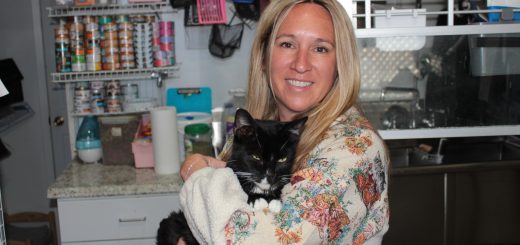Understanding The Role Of Radiology In Modern Medicine
Views: 501
Radiology, a branch of medical science, is the practice of diagnosing and treating diseases using various imaging techniques. Radiologists use techniques such as X-rays, MRI scans, CT scans, and ultrasound to produce images of the internal structures of the body. The role of radiology in modern medicine has become increasingly important over the years, with radiologists playing a crucial part in the diagnosis and treatment of diseases. Forest Hills, Queens residents are no strangers to the benefits and usages of Radiology and therefore let’s dive into the everything you need to know about modern Radiology.
Importance Of Radiology
- The use of radiology has significantly improved the accuracy of medical diagnosis; The imaging techniques used in local radiology treatments today allow doctors to visualize internal organs and structures in great detail, which would have been impossible with traditional physical examinations. This ability to see inside the body without the need for invasive procedures has revolutionized modern medicine, allowing doctors to diagnose and treat conditions with greater accuracy.
- Radiology also plays a significant role in guiding surgical procedures; Before a surgical procedure, radiologists can use imaging techniques to create a detailed map of the internal structures of the body, allowing surgeons to plan and perform surgeries with greater accuracy and precision. During surgery, radiologists can also use real-time imaging to guide the surgeon’s movements and ensure that the procedure is going according to plan.
- Radiology is also crucial in monitoring the progress of treatments; Patients with cancer may undergo regular CT scans or MRI scans to monitor the size and growth of tumors. Radiologists can analyze these images to determine if the treatment is working or if adjustments need to be made.
- Radiology has also contributed to preventive medicine; Imaging tests such as mammograms can detect early signs of cancer, allowing doctors to start treatment early and potentially save lives. Radiology has also enabled doctors to detect various conditions in their early stages, such as osteoporosis and atherosclerosis, which can be treated effectively with early intervention.
- Radiology has several applications in various fields of medicine; For instance, in cardiology, radiologists use various imaging techniques to identify structural defects and abnormalities of the heart. In neurology, radiologists use imaging techniques to identify abnormalities in the brain that could be causing neurological symptoms.
- The role of radiology in modern medicine has also led to the development of new and innovative treatments; For example, interventional radiology is a subspecialty of radiology that uses imaging techniques to guide minimally invasive procedures. These procedures include the insertion of catheters and stents to treat blocked blood vessels, or the removal of tumors using imaging guidance. Interventional radiology has enabled doctors to perform procedures that were previously only possible through open surgery, resulting in less pain, fewer complications, and faster recovery times.
The role of radiology in modern medicine cannot be overstated. Radiologists play a crucial part in the diagnosis and treatment of diseases. Radiologists must take appropriate precautions to ensure that patients receive the lowest possible dose of radiation during imaging procedures. They must also follow strict guidelines and protocols to ensure that the risks associated with radiation exposure are minimized.
Contributed With Help From: EMU Radiology Center Queens 8340 Woodhaven Blvd Ste 7 Glendale, NY 11385 (929) 299-6126 https://www.emuhealth.com/radiology/



